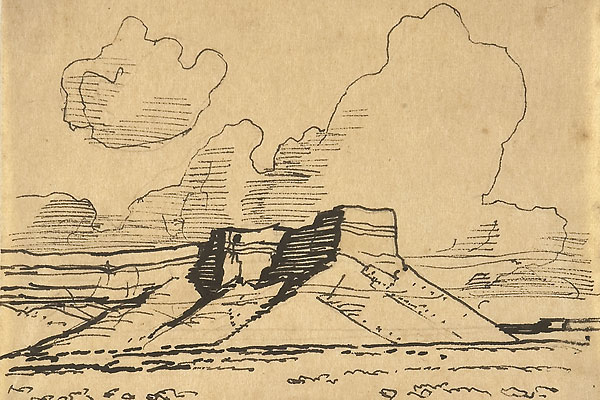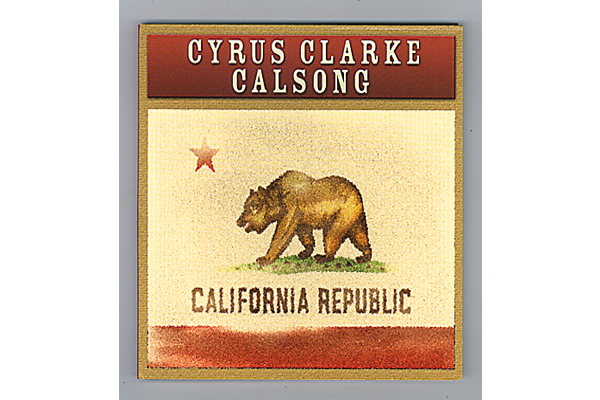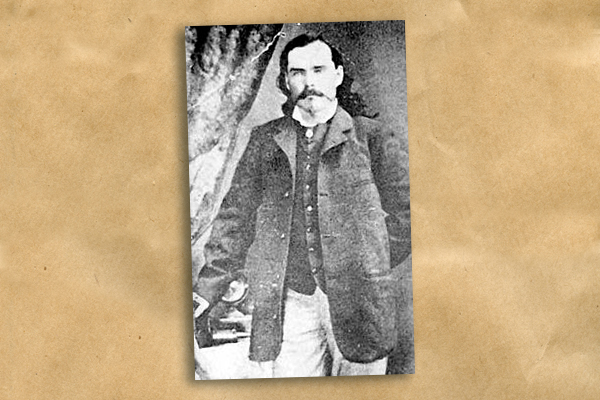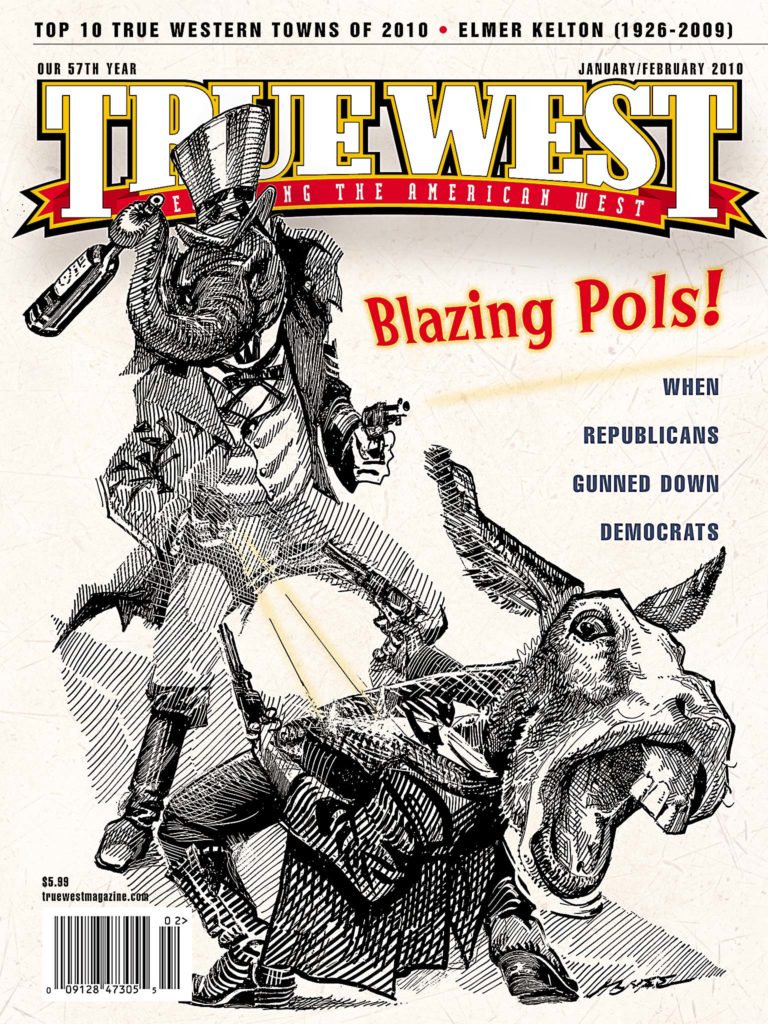
Given that Maynard Dixon commands as high a price at auction as $1.5 million, some of you might think a drawing by him would also be out of your pocketbook range.
Not necessarily true, as demonstrated by the November 8, 2009, Altermann Galleries auction in Santa Fe, New Mexico. Dixon’s ink on paper Mesa hammered in at $3,200.
Surprised? You shouldn’t be. For centuries, drawings have been described as an artist’s tool transformed into a collector’s treasure.
The Renaissance gave birth to these artifacts, since artists began observing the natural world as a source for their work and required a form that they could easily modify and discard.
Art aficionados often begin building their collection by first purchasing drawings. Not only is the price often affordable, the drawings also yield an introduction to an artist’s process; they can help collectors decide which artists to build a collection around when they later want to graduate to purchasing paintings and sculptures.
Bragging rights is also a good motivator. How many of us would love to say we own a Dixon, an Ernest Martin Hennings, a Frank Tenney Johnson? A few shrewd buyers at the Altermann auction can now gloat all they want. Two drawings by Johnson sold: North Greenfield, Wis. for $1,000 and Portrait of a Girl with Long Hair for $300. Yes, that’s a three with two zeroes for an artist whose auction high to date is $1 million. $300! A new Blackberry smartphone costs more than that! Hennings was also represented at auction with two drawings: Indian with Bow and Arrow, selling for $1,400, and Indian Family of Four, selling for a hundred more. His auction record? $1.395 million.
The 20th-century artists actually topped the drawings sold at auction. That reverts the bragging rights to the artist! We can just hear Mikel Donahue at his local saloon near his Quarter Horse ranch outside Broken Arrow, Oklahoma, “Can you believe it? My drawing beat out a Dixon!”
Don’t bet on it beating out a Remington anytime soon though. Some artists are so collectible, even their drawings may be out of reach … but then again, not in comparison to the value of their paintings. Cavalry Scouting Party, Frederic Remington’s 1894 ink on paper, sold in 2007 at Coeur d’Alene Art Auction for $140,000. How did the Cowboy Artist fare? Charlie Russell’s ink on paper was slightly more affordable. His drawing Meeting of Sacajawea and Her Relative of the Shoshone Tribe sold in 2003 at Coeur d’Alene Art Auction for $85,000.
Keep in mind, the Cowboy Artist has an auction record high of $5 million (for his 1918 oil Piegans, at Coeur d’Alene in 2005). Remington beat him out by a small margin, with $5.075 million (for his bronze The Wounded Bunkie, at Sotheby’s New York in 2008).
For those who can afford to buy artworks in the $5 million range, perhaps $140,000 is pocket change just like $300 is to the rest of us. Yet even if you may never own a Remington, think of all the great artists out there, such as Dixon, whose works are actually within the realm of your personal possession. The dictum “One can only dream” no longer applies; collecting Western art is an option for all of us.






